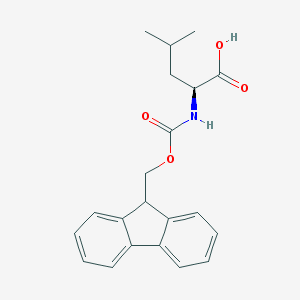The development of the chemical manufacturer in India
The chemical manufacturer is the backbone of India's industrial and agricultural development. To achieve the industry's ambitious growth goals, it needs to combine policy intervention, corporate level initiatives, industry university research cooperation, wise investment and greater international access.
The role of chemical manufacturers as key drivers of economic growth has been established worldwide. From ubiquitous mobile phones, to the production of carbon free solar panels, to efficient lighting LED lights - all of which are made possible by the chemical industry. In India, the chemical industry also plays an important role in meeting basic needs and improving the quality of life. Despite the severe shortage of traditional hydrocarbons in India, the country has a well-developed refining industry that can provide several basic raw materials for the chemical industry.
The chemical sector is a knowledge and capital intensive sector, a pillar of industrial and agricultural development, and provides basic materials for downstream industries such as textiles, paper, paint, soap, detergents and pharmaceuticals. Fertilizer and Agro chemical industries ensure food security and are therefore essential for India's development and agricultural economy. Similarly, the synthetic fiber industry is essential to providing cheap clothing, while the pharmaceutical industry enables the country's large population to access low-cost medicines.
India is one of the fastest growing economies in the world, consisting of 29 states and 7 federal territories. This article traces the development of India's chemical industry, its importance to the Indian economy, its major subsectors and growth potential, and the technical and policy measures needed to promote sustainable growth.
The development of Indian chemical manufacturers can be traced back to the indigenous efforts of P.C. ray, a chemistry professor at the University of Calcutta. Ray founded the pharmaceutical company Bangladesh chemical and pharmaceutical plant in 1892; the company was established nine years later. Later, B. D. Amin established the arenbak chemical plant in Baroda (now wadadara) in Gujarat.
During the Second World War (1939-1945), the supply of foreign drugs decreased, and several Indian pharmaceutical companies were opened, including Unichem, chemo pharmaceuticals, zandu pharmaceutical, chemical industry and pharmaceutical laboratory (Cipla) and East India pharmaceutical factory. The Indian government later established five public sector companies. Two of them - Hal in 1954 and idpl in 1961 - played a particularly important role.
In the first two decades of British rule, after India became independent in 1947, several industrial units established basic chemicals, dyes and textile auxiliaries and fertilizers (Table 1). By the 1960s, India also developed a considerable alcoholic chemical industry, using ethanol as raw material (2) and recommending that "molasses based industrial alcohol should be completely retained" rather than as an energy source (3). Strict control of sugar cane molasses and alcohol price and distribution played a role in this development.


评论
发表评论